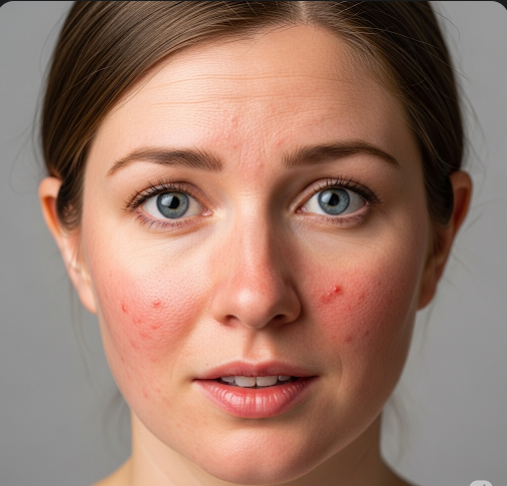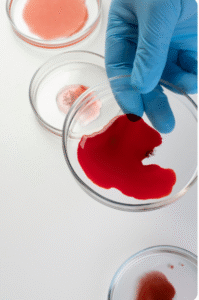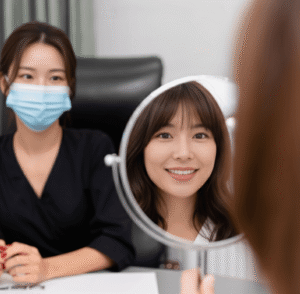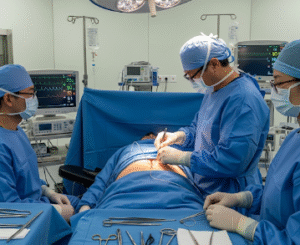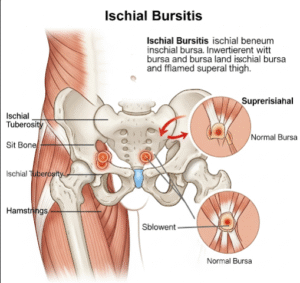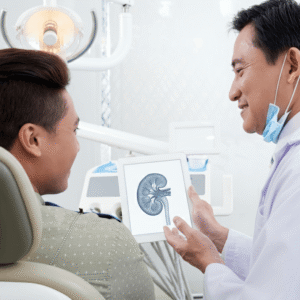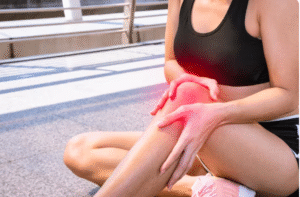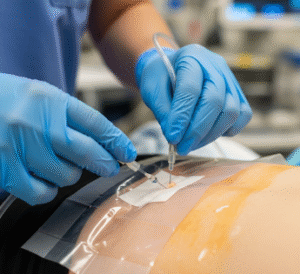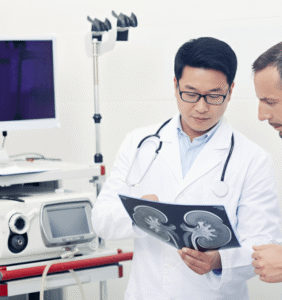Overview
Rosacea is a chronic skin condition characterized by facial redness, visible blood vessels, and sometimes acne-like bumps. It mainly affects the central face — cheeks, nose, forehead, and chin. Rosacea typically occurs in adults between 30 and 50 years old and can significantly impact quality of life due to its visible symptoms and potential for flare-ups.
What is Rosacea?
Rosacea is a chronic inflammatory skin disorder that causes persistent redness and inflammation of the facial skin. It can also lead to flushing, swelling, and skin thickening in severe cases (rhinophyma). The exact cause is unknown, but it involves abnormal immune responses, blood vessel changes, and possibly Demodex mite infestation.
Symptoms
Common symptoms of rosacea include
- Persistent facial redness (erythema)
- Visible small blood vessels (telangiectasia)
- Bumps and pimples resembling acne
- Burning or stinging sensations on the skin
- Dry, rough, or swollen skin
- Thickening of the skin on the nose (in severe cases)
- Eye irritation or redness (ocular rosacea)
Causes
The exact cause of rosacea is unclear, but factors that contribute include
- Genetic predisposition
- Abnormal immune system responses
- Increased blood flow and dilation of facial blood vessels
- Presence of Demodex mites on the skin
- Environmental triggers such as sunlight, heat, and cold
- Certain medications or skincare products
Risk Factors
Risk factors for developing rosacea include
- Fair skin and light hair or eye color
- Age between 30 and 50 years
- Family history of rosacea
- Excessive sun exposure
- Use of irritating skincare products or topical steroids
- Stress, alcohol consumption, spicy foods, and hot beverages
Complications
If untreated, rosacea can lead to
- Permanent redness and visible blood vessels
- Rhinophyma (thickened, bulbous nose) in men
- Eye problems like chronic conjunctivitis or keratitis
- Emotional distress, social anxiety, and reduced self-esteem
Prevention
Prevention and management strategies include
- Avoiding known triggers such as extreme temperatures, spicy foods, and alcohol
- Using gentle skincare products designed for sensitive skin
- Wearing broad-spectrum sunscreen daily
- Managing stress through relaxation techniques
- Regular visits to a dermatologist for monitoring
Treatment Options in Korea
South Korea offers advanced dermatological treatments for rosacea combining modern medicine and traditional therapies.
1. Topical Medications – Metronidazole, azelaic acid, and ivermectin creams reduce inflammation and control skin mites.
2. Oral Antibiotics – Low-dose doxycycline or tetracycline prescribed for moderate to severe rosacea.
3. Laser and Light Therapy – Pulsed dye laser (PDL) and intense pulsed light (IPL) treatments are popular in Korean clinics to reduce redness and visible blood vessels.
4. Skincare and Lifestyle Counseling – Dermatologists provide personalized advice on skincare routines and trigger avoidance.
5. Korean Traditional Medicine – Some clinics offer herbal treatments and acupuncture to support skin healing and reduce inflammation.
6. Leading Korean Dermatology Centers for Rosacea Treatment
- Seoul National University Hospital – Dermatology Department
- Samsung Medical Center – Skin and Laser Clinic
- Asan Medical Center – Dermatology & Cosmetic Dermatology
- CHA Bundang Medical Center – Integrative Skin Care Unit

